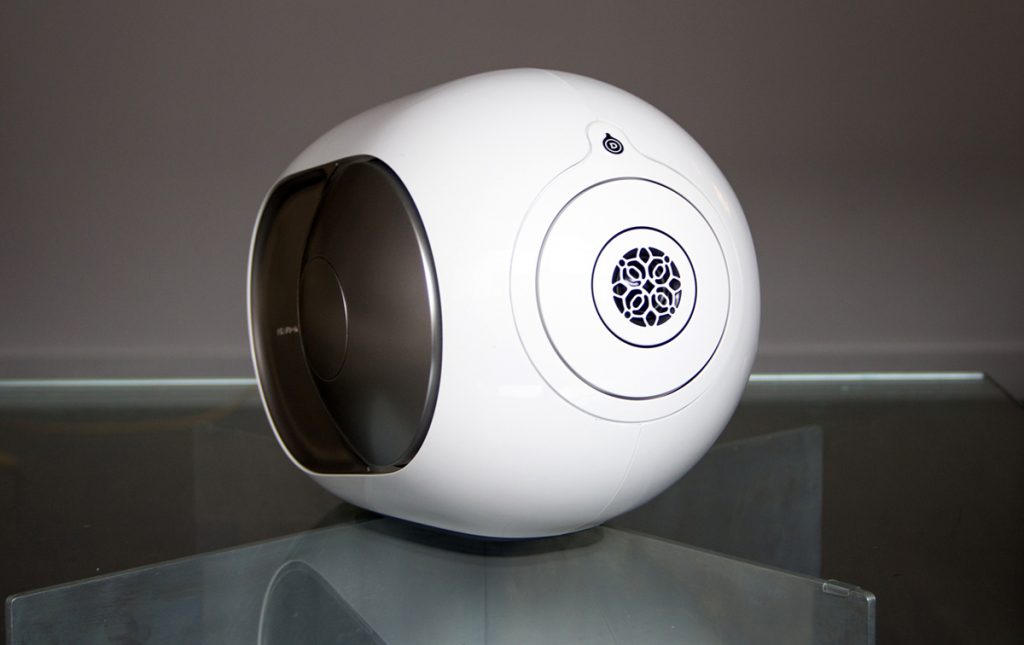Charged: Shindo Laboratory
Ken Shindo’s sculpture-like amps and pre-amps turn the experience of listening to music into an emotion-packed one

The 2011 documentary “Jiro Dreams of Sushi” at first appears to be a film about an 85-year-old sushi chef and his world-famous dishes, though it’s really about a man’s lifelong quest to continually make better sushi—to continually strive to master his craft. In the world of hi-fi audio equipment, Jiro’s counterpart, if there ever was one, would be fellow countryman Ken Shindo, whose hand-made tube amplifiers have inspired a cult following around the world and are now making waves in the U.S.
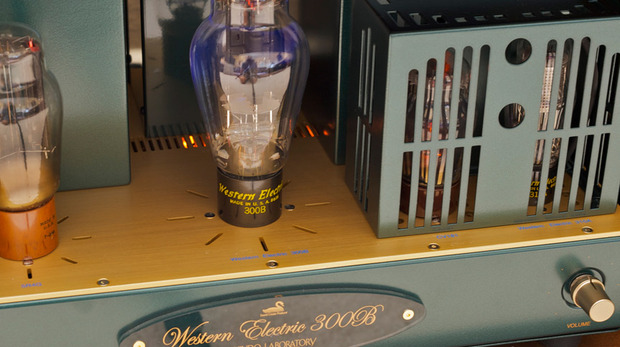
Shindo’s career began at the electronics maker Matsushita (which changed its national name to unify with its global partner Panasonic in 2008), where he worked as an electrical engineer designing audio circuits and television sets. In 1977, he decided to start his own Shindo Laboratory in Tokyo, with the mission of building amplifiers and pre-amplifiers by hand from vintage and new old stock (NOS) parts. Parts that range from the whimsically-named Sprague capacitors from the ’50s and ’60s (like the Vitamin Q or the Orange Drop) to increasingly rare vacuum tubes, sourced from such electronic manufacturers as Western Electric, RCA, Mullard, Philips, Siemens, Tungsram, Amperex—you name it. The vacuum tubes are prominently displayed in Shindo’s designs and emit a golden glow when they’re hard at work. Exposed tubes and the dark bottle green color of the steel body casing—not aluminum, which produces a less than perfect sound—have become a Shindo trademark, accompanied by its elegant swan logo.

Shindo’s approach to building gear breaks most conventions. Placing trust in his own listening rather than brand names, he searches for NOS tubes exhibiting unique qualities that catches his refined ear; Shindo then stockpiles them in large numbers. Everything is built to order at his home, with the help of family and a few employees, and everything, by nature of the vintage parts, is limited edition. Thoughtfully, Shindo considers the number of parts that he has stocked and decides beforehand how many amps of a certain model he will make. Surprisingly, a majority of the parts are kept safely tucked away in Shindo Laboratory’s warehouse, reserved for repairs and replacements.
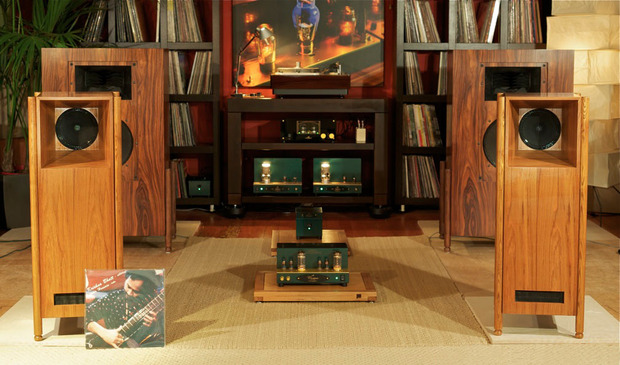
There are no stock circuits in any Shindo product; they are all designed individually for each pre-amp and amplifier. It’s important to note that Shindo does not design solely around a specific vintage tube, meaning that the tube alone is not the secret to what makes Shindo Laboratory so special. Rather, it’s the masterful combination of all the parts. Shindo’s goal is not to simply build an amplifier or some machine that has a specific, limited function—it’s to let the reproduced music sing with, well, musicality. The result is not just a song that’s being played back, but the organic experience of a musician performing with his or her instrument, with emotion. The amps and speakers stay transparent and do not reveal themselves with any audible evidence.
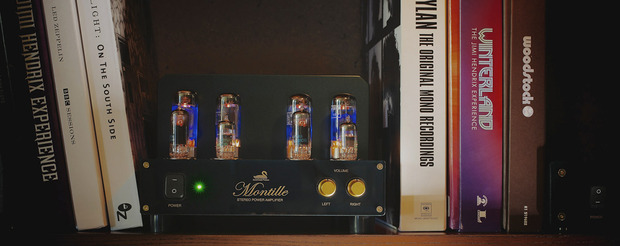
Thus, reviewing and comparing performance and price to other brands—a common practice that any audiophile can’t help but indulge in—should be avoided when entering Shindo Lab territory. Just as one cannot objectively “test” the difference between two works of art, two Brâncuși sculptures, say, each Shindo amplifier, preamplifier and pair of speakers is committed to conveying something human.
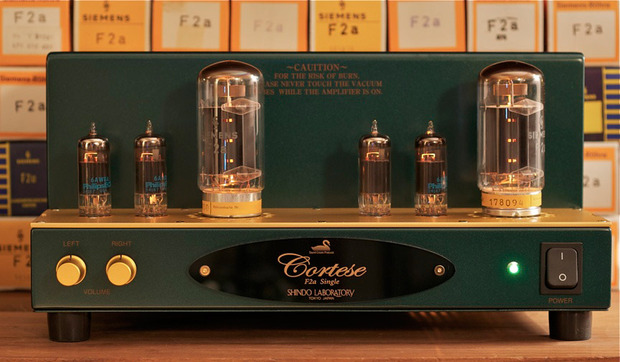
“Summarizing Shindo is not easy: In one word I would say ‘art,'” says Jonathan Halpern of Tone Imports, who became the first and only importer and distributor of Shindo products in North America in 2003. “Shindo is rather unique in my experience in the way in which it communicates the intentions of the musicians. The timing, sense of flow and pace, the silences between the notes, the textures, tones and colors. Listening through Shindo, your appreciation for great artists and musicians increases dramatically. Having now lived with a Shindo system for 11 years, I find almost all other systems a chore rather than pleasurable to listen to.”
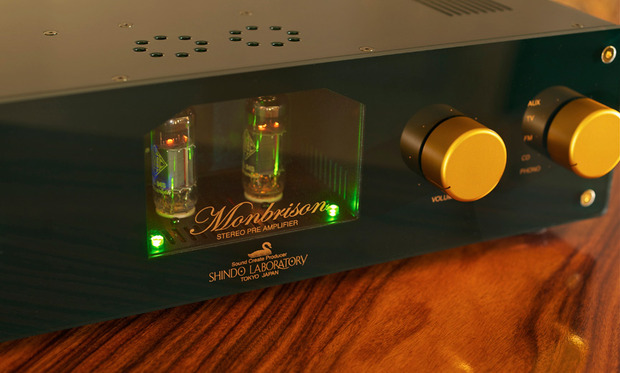
The reason why all of Shindo’s models (the Pétrus dual mono preamplifier, the Haut Brion stereo amplifier, the Giscours preamplifier, the list goes on, save for the Western Electric 300B Single Limited amp)—are named after French and Italian wines is not to make them sound more luxurious; they’re simply the wines that Shindo himself, quite the connoisseur, enjoyed. It takes art and craft, as well as history, to produce a wine that will leave a legacy, no matter how many technological advances have been made. When tasted, a good wine will reveal its grape, region, climate, process and more; and the best wines are not to be sipped on its own, but alongside good food and conversation. There’s no better analogy for Shindo’s craftsmanship and artistic approach to designing his amps and preamps—and it takes a “sommelier” to appreciate it. (Funnily enough, a listening session pairing wine with their namesake Shindo product has taken place.)
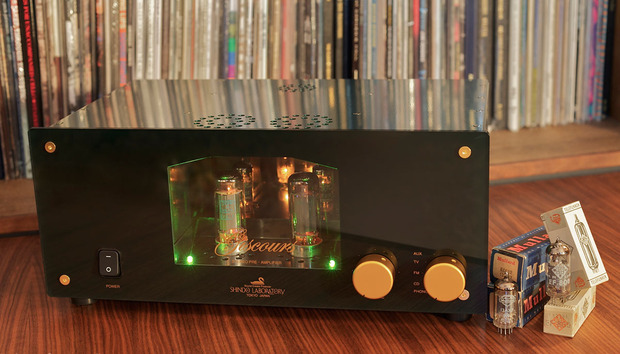
Sadly, Ken Shindo passed away on 22 January 2014 at the age of 74, but his legacy, and quest for perfection, remain. Shindo Labs will go on as his family—his wife Harumi and youngest son Takashi spent years building products along his side—and loyal employees continue to uphold his mission of creating “The Music Mind.” Check out the entire lineup from Shindo Laboratory by visiting their website.
Images courtesy of © Matthew Rotunda of Pitch Perfect Audio
